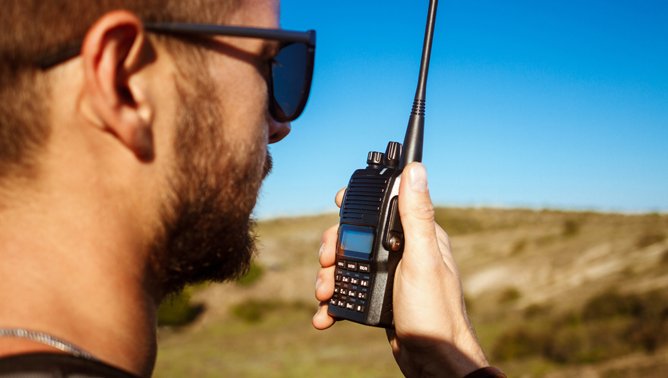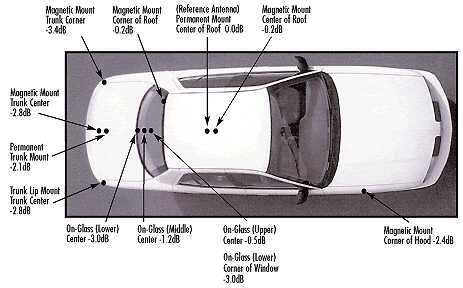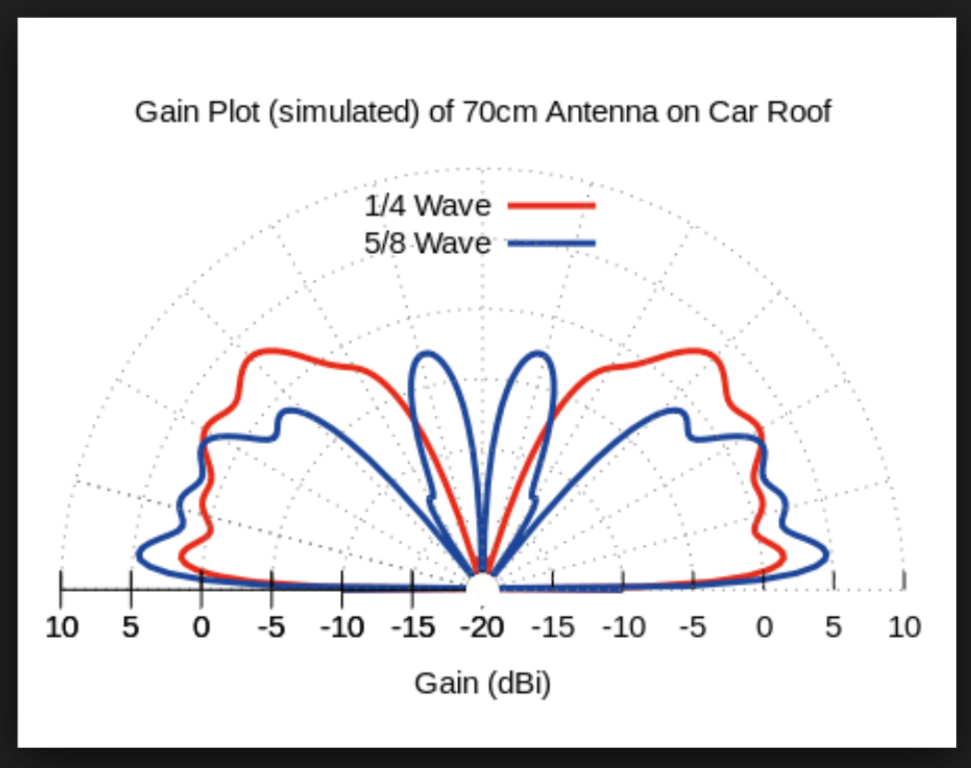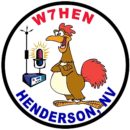
Tek Net
March 5, 2023
"Operating portable inside your vehicle"
Tonight I am going to be using information that Motorola produced back in the 1980’s on a study they did to promote better communications using portable (handheld) commercial two-way radios.
I will also throw a bit of some personal experience into the mix from my 45 years in the commercial two-way radio business.
Don’t be fooled into thinking that this information is out of date.
Motorola did extensive testing with different types of antennas and installations to come up with all of this great data, let’s take advantage of it.
If anything, it’s probably more relevent now due to the increased number of folks operating portable in the ham market that may have not ever used a radio prior to getting their ham license.
What kind of power are we really talking about anyway?
They found that the RF energy level losses from a 5watt handheld inside the vehicle is at times about -11.3 db or greater than that same radio signal radiating from a 1/4 wave antenna on the vehicle’s roof.
What that really means is this, the amount of RF energy leaving the vehicle is approximately equal to .312 watts of RF power.
Now we know what we are dealing with, let’s see if we can’t make that itsy-bitsy signal stronger and more usable.
It’s important to remember that a repeater’s transmitter is producing 50-100 watts of RF power feeding a commercial 16-24 foot antenna from a location several hundred ( maybe thousands ) of feet above your location.
Your handheld radio transmitter is producing 5 watts (maybe) with a fully charged battery feeding a 6″ ( 1/4 wave at 445 Mhz) antenna.
There will never be a time when you will be as strong as the repeater, so always try to optimize your portable operation situation.
Most portable (HT) radios are 5 watts or less into a 6″ antenna.
Most repeaters are 50-100 watts into a 16-20 ft antenna, on top of a mountain many many hundreds of feet above you.
You will never be able to sound as strong or as clear as the repeater, so try to muster as much signal as you can to the repeater by any way you can.

First, better HT operating skills.
All portable antennas are vertically mounted on the HT radio and should held vertical so that as much of our signal can be received by the repeater’s vertically polarized antenna.
It may seem like a petty thing, but it does make a difference.
As you can see from our little friend on the right, he is using proper HT operating methods, vertical antenna and close talk the radio’s microphone.

It’s extremely important to find the small hole on the front of your HT, that’s where the microphone is located, so that when you speak in a normal level into it, that the FM transmitter is fully modulated to 5Khz FM deviation.
Don’t be afraid to talk loud into it either, your transmitter should be adjusted to 5Khz at the factory so it won’t “over-modulate“, as the AM CB’ers use to say.
The distance from lips to radio should be close to 1/2″, use your nose as a distance check. If your nose is touching the radio, that’s perfect.
This becomes very important if you have a faint or low level voice to begin with.
If your signal to the repeater is noisy and your voice is low in deviation then you are going to be difficult to understand.
When the noise level is as high as your low audio level then you may not be heard at all, just noise on your transmission.

This operator remembered to hold the radio vertically, but will be almost completely unreadable if he is in a moderately noisy environment, or talking with the window down in his vehicle.
Another tip while operating in the vehicle is to get the portable as close to the window as possible (careful to not drop the radio out side the car if the window is open), remember your inside of a metal faraday shielded enclosure.
A way for your HT to always be transmitting the full 5 watts is to connect it to the vehicle cigar lighter jack with a mobile 12 volt power cord or battery eliminator unit, that way the transmitter is being supplied with full energy instead of a diminishing battery voltage as you talk.
Second, a better antenna.
It’s obvious that getting an antenna connected to your radio will increase the quality of your mobile radio experience.
The different antenna types are, clamp on type of antennas, magnet mount and permanent mounted antennas.
As can be seen below, there is plenty of choices, with different amounts of loss depending on how good a signal will leave the vehicle.
Everyone that knows me, knows how how I always advocate that the permanent antenna mount is best and the way to go,
BUT… there are times when it just isn’t possible. (example…motorized sunroof)
My next choice would be a magnet mount. As seen below, it’s pretty close to a mounted antenna with just 2/10’s of a db in signal loss.
On the roof is ideal, by having the most ground plane available, your signal will not be plagued with as much signal flutter, when traveling thru areas of weak repeater signal or lots of metal structures reflecting signals as you drive thru the RF jungle (city environment).
For any antenna on any frequency to perform properly it must have a proper ground plane for that frequency.
This is a dipole antenna we are dealing with, one half of the dipole is the radiating element, while the ground plane serves as the other element of the dipole.
A typical 145 Mhz (2 meter) antenna requires a ground plane of at least 42″ in diameter.
At 445 Mhz just 15″ ground plane is required.
At 900 Mhz a minimum of 8″ ground plane is considered sufficient.

Gain antennas vs 1/4 wave antenna
There is always going to be a choice of 1/4 wave spike or a larger 5/8 wave gain type antenna for mobile use.
Which is better?
Both antennas can out perform the other depending on the environment they are functioning in.
For example, when in the city a 1/4 wave whip has a higher take-off angle propagation wise than a gain antenna.
This will radiate more signal going up to the nearby repeater on the mountain top.
That’s the main reason commercial radio antennas on fleet vehicles are always 1/4 wave spikes because they perform very well in town.
Now when your operating a lot of miles away from the repeater then a 5/8 wave gain antenna will serve you better.
This is due to the lower angle of radiation sending your signal farther out horizontally rather than up, vertically like the 1/4 wave spike.
This is why it is better to use a 1/4 wave antenna on your HT, when you are walking about…the angle of radiation will work in your favor.
Not having the adequate ground plane on your HT that the 5/8 wave antenna requires, makes that expensive gain antenna not as effective as it could be.

